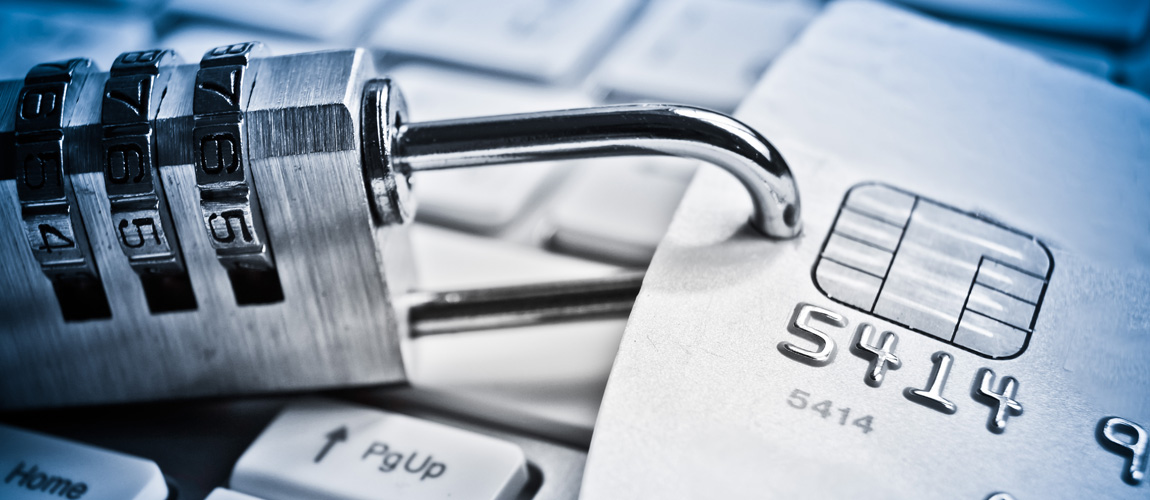Cybersecurity Awareness Basics
How to avoid identity theft, frauds, scams and more. Click below for more information.
Read our latest Fraud Newsletter: Citizens Fraud Update - Fall 2025
What is Pig Butchering and How to Spot the Scam

"Pig butchering" is a scam that's been muscling into the headlines lately.The unsettling term for these scams, pig butchering, suggests that scammers take their time to “fatten up” their victims and take as much money as they can.
These scams are also called "accidental text" scams because they often begin with a seemingly innocent mistaken text. These scams are defined by the fact that they take place over a long period of time, and they frequently combine multiple scam tactics.
You can keep your wallet off the chopping block by watching out for red flags and protecting your data.
Pig butchering scam meaning
The term "pig butchering" is a translation from the Chinese term shu zhu pan, which can also be translated as "killing pig plate." For the scammers, the “pig” is a victim to be fattened up for slaughter so scammer can siphon off as much money as possible. Pretty nasty stuff!
Shu zhu pan scams were first identified in China in the late 2010s, perpetrated by fraud networks that targeted Chinese offshore gamblers. Many of the organized crime outfits that specialize in pig butchering are still based in Asia but target people all over the world.
What is pig butchering?
Pig butchering is very similar to romance scams, which have been around for decades, and other cryptocurrency scams that sprouted as crypto became mainstream over the past 10 years.
As pig butchering scams have proliferated, they seem to share several traits in common:
- "Accidental" contact: Scammers often pretend they contacted the potential victim by mistake. While contact can occur through texts, it can also happen through social media DMs, dating sites, or other electronic communications.
- Crypto investment: After conversing with the target, the scammer will try to persuade them to invest in a cryptocurrency or platform. They may also suggest gold trading or forex (foreign exchange markets). In pig butchering, all these "investments" are fabrications, and the money goes straight into the scammer's pocket.
- Extended contact: The scammer will insist on continued investment once they've hooked a victim. They might produce fake charts or even send over small "withdrawals" to convince the victim. Sometimes a target is directed to a fraudulent app that mimics financial platforms like Robinhood or Coinbase. Once the victim catches onto the scam or seems to be tapped dry, the scammer ends contact and disappears.
Pig butchering red flags
The best way to avoid becoming a pig butchering victim is to be suspicious of any seemingly mistaken contact. This includes texts, messaging services like WhatsApp, online dating platforms, and social media. As generative AI becomes widespread, "wrong number" phone calls and even video calls could be pig butchering scams.
These texts can be simple ("Hi."), conversational ("Long time, no see"), and even downright whimsical, suggesting an intriguing story ("It's been forever since our last charity gala!").
A good rule of thumb is to never respond to any communication from a stranger. Don't even tell them they're texting the wrong number.
Here are some general pig butchering red flags to look out for:
- Seemingly accidental or mistaken contact, but the person wants to keep talking.
- Conversation turns to investments in cryptocurrency, gold markets, or forex.
- Continued, sustained contact to encourage repeat theft.
How the scam works
Most of these scammers work from offices and are forced to scam by organized crime syndicates. Many perpetrators are actually human trafficking victims lured in by the promise of a call center job, for example.
Scammers can buy batches of phone numbers stolen in data breaches or phone numbers from legal data brokers. They then send fake messages to millions of phone numbers hoping someone will respond.
Once a person responds, even with "you have a wrong number," the scammer will strike up a conversation.
At some point, the conversation will pivot to investment opportunities. The scammer might say they know about a great new cryptocurrency or a trading platform. They will make the investment sound as legitimate as possible by sharing screenshots or sending pics of their apparently glamorous lifestyle.
Sometimes, victims are added to a group chat with many people discussing investments. The group is all scammers, or it might just be one person using multiple profiles!
If you agree to invest, the scammer will focus on getting you to invest more and more money. They will share doctored images showing incredible returns. They might control an app or website that you can engage with. In rare cases, they might even send you some money as a fake withdrawal or dividend.
Pig butchering scammers are ruthless – after you've "invested" all the money you have at hand, they will ask you to dig into retirement savings, and then try to convince you to go into borrow money and go into debt.
If you ask for your money back, the scammers might agree but then claim they need more money to handle "tax problems" or brokerage fees.
Once the scammer decides that the pig is thoroughly butchered, they will cut off communication. This usually happens after they're convinced the victim has no more money to steal or the victim becomes suspicious. If the scammer can access the victim's bank account, they will empty it.
What to do if a pig butchering scam happens
If you think you're a victim, stop all contact with the suspicious person and stop investing money. Report the crime to your bank right away. The longer you wait, the harder it is to reverse fraudulent transactions.
To reduce the risk of being caught up in a pig butchering scheme, be mindful of what personal data you share online and follow other cybersecurity basics.
Source: National Cybersecurity Alliance

